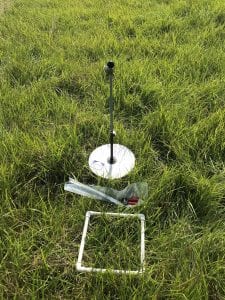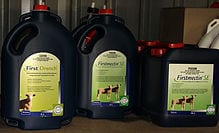Michael Metzger, Michigan State University Extension Educator
(Previously published on MSU Extension, Sheep & Goat: January 3, 2019)
Johne’s is a serious disease that affects small ruminants.
Johne’s disease is a fatal gastrointestinal disease of sheep and goats and other ruminants (including cattle, elk, deer, and bison) that is caused by the bacterium Mycobacterium avium subspecies paratuberculosis (MAP). Also known as paratuberculosis, this infection is contagious, which means it can spread in your flock or herd. Young animals are more susceptible to the disease than adults. It is primarily spread by the fecal-oral route but may also be transmitted across the placenta and through milk and colostrum of infected ewes and does. The most consistent clinical sign in sheep and goats is Continue reading Johne’s Disease in Small Ruminants










